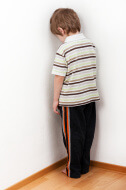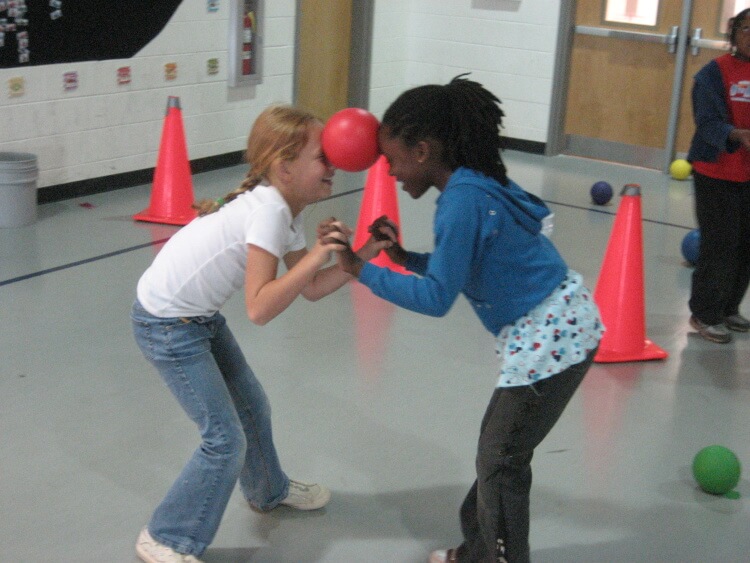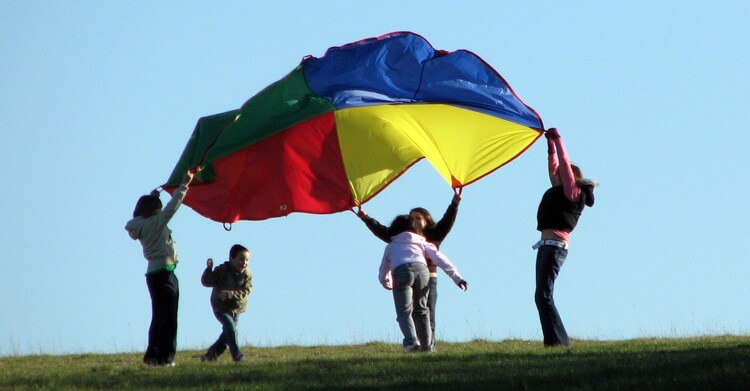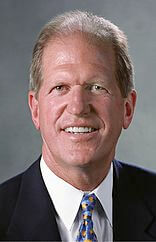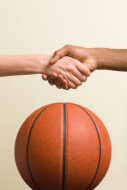I write this month’s editorial with a mixture of excitement and great sadness. By the time you read this, if all goes well I will be the proud grandparent of a newly born healthy little girl. This will be my second grandchild. If you are a grandparent or a parent you’ll know how exciting this is. It’s a time of new beginnings, of wonderment and joy, and a reminder of how life goes on despite seemingly never ending stories of tragedies, set backs, and sadness. Simultaneously, just 25 miles from my home, rescuers continue to desperately search for survivors of the horrific landslide that in seconds swept away homes and ended lives alongside the picturesque Stillaguamish River in the tiny town of Oso, Washington.

Both personally and professionally, there seems no escaping a life destined to be a rollercoaster ride of ups and downs, thrills and spills, joys and sadness. Last month, I reported a few professional successes and disappointments. A threat to empower ROTC instructors to teach physical education was rejected in California, but a similar proposal loomed in New Mexico. In Ohio, legislators supported a house bill not allowing PE and health to count as electives for graduation, together with a bill counting band, cheerleading, and athletics as physical education. And in my own state of Washington, Highline school district administrators now insist that newly hired elementary PE specialists must also be certified to teach in the classroom if they want permanent teaching contracts.
Brilliant! Let’s plan on using PE specialists to fill in for classroom teachers. That will surely boost test scores, never mind the quality of the PE instruction we can anticipate when classroom teachers take over our gyms. Did these educational leaders take early advantage of WA State’s recent change in the marijuana laws? Certainly, ensuring a quality education for Highline school kids wasn’t foremost on their minds.
